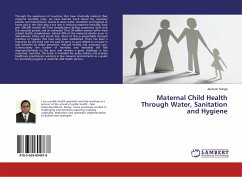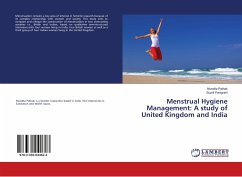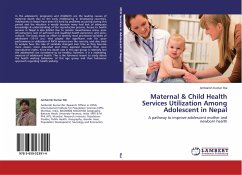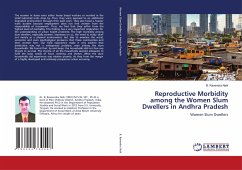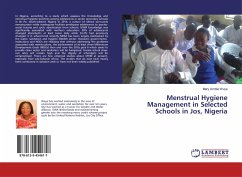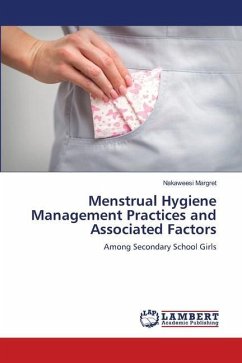Through the experience of countries that have drastically reduced their maternal mortality rates, we have learned much about the necessary policies and interventions. Access to clean water, sanitation and hygiene at home and in the clinic play a key role in reducing maternal mortality. Each year 290,000 women die from complications during pregnancy, birth and the neonatal period; and an estimated 10 to 20 million women suffer from related health complications. Almost 90% of the maternal deaths occur in Sub-Saharan Africa and South Asia. Much of this is preventable through practices of hygiene that have long been established. There has been a reduction by one-third over the past 20 years. In part related to increase in safe deliveries by skilled personnel, reduced fertility and antenatal care. Unfortunately the burden of mortality and morbidity still falls disproportionately on the poor and remains a great challenge in low resourced countries. This book is intended for policy makers and primary healthcare practitioners working in low resource environments as a guide for promoting hygiene in maternal child health services.
Bitte wählen Sie Ihr Anliegen aus.
Rechnungen
Retourenschein anfordern
Bestellstatus
Storno

